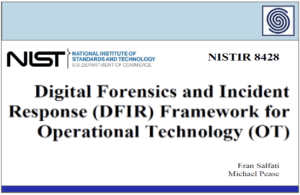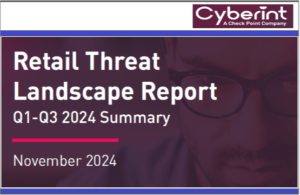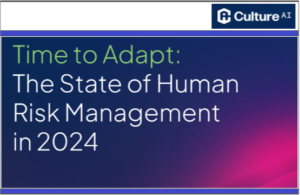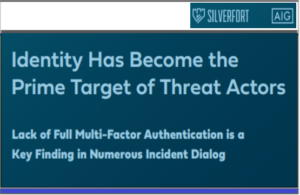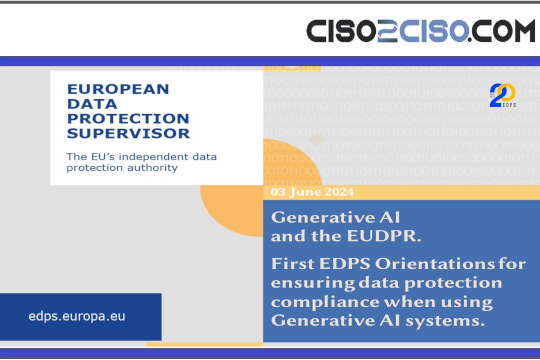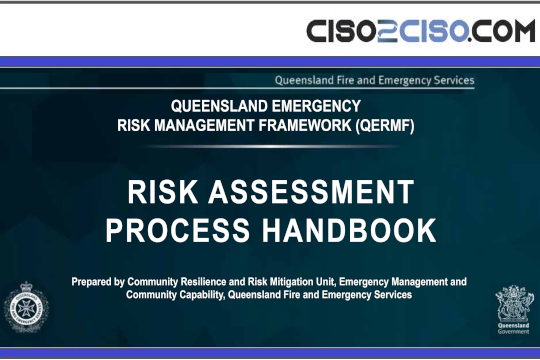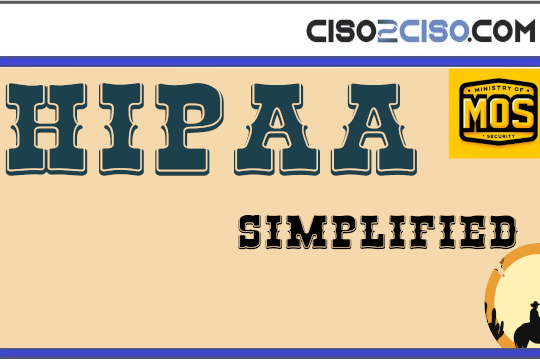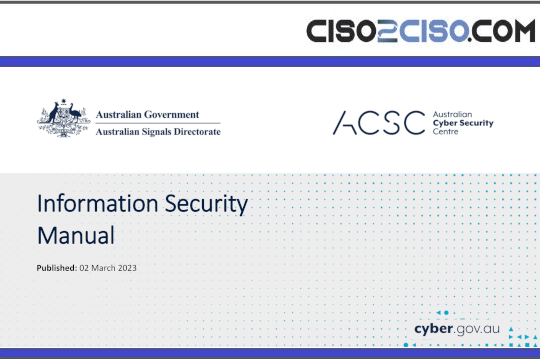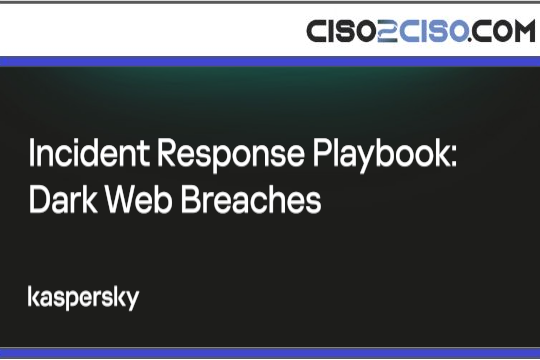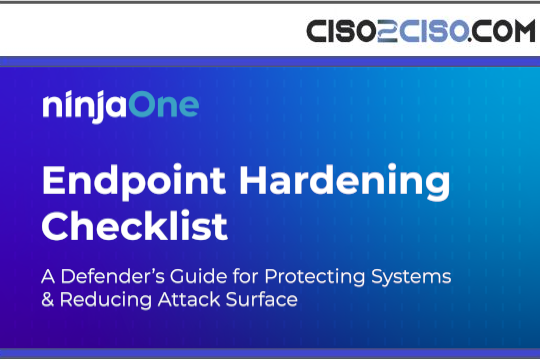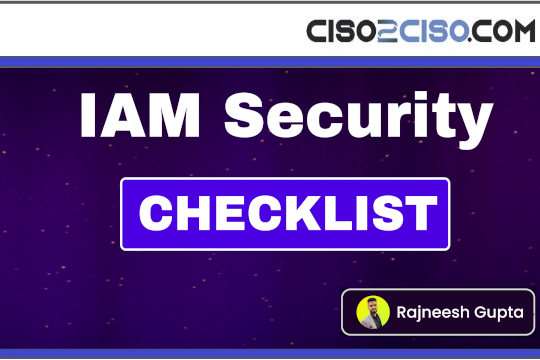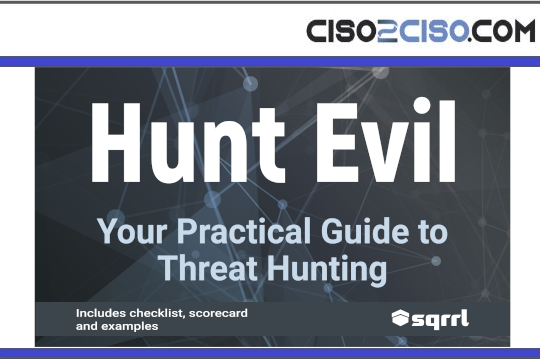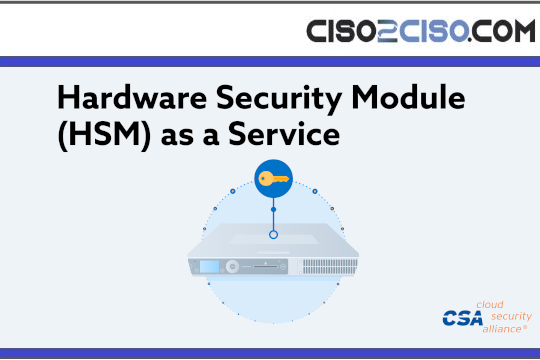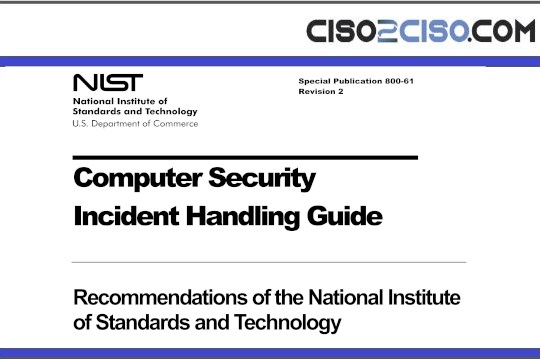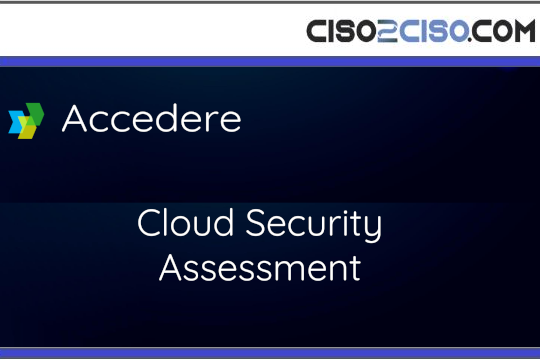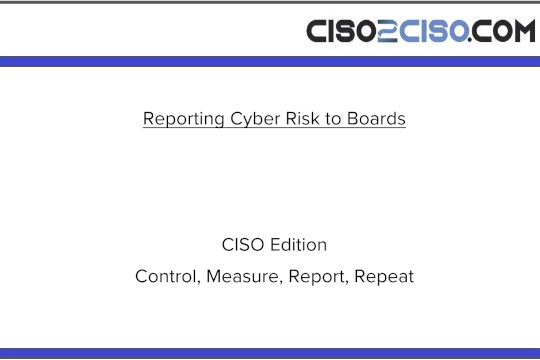Source: securityboulevard.com – Author: Andrew Hendry
When most people think of a Distributed Denial of Service (DDoS) attack, they imagine massive floods of traffic—millions of packets per second crashing through firewalls, overwhelming networks, and causing outages. These are the Layer 3 and Layer 4 network attacks, the digital equivalent of an attack by a full-grown rattlesnake: it’s big, noisy, easy to spot, and lethal.
But what about the baby rattlesnake? He’s small, silent, and also potentially even more deadly.
In cybersecurity, Layer 7 DDoS attacks are the baby rattlesnakes—subtle, silent (their rattles are not yet developed), and capable of causing just as much, if not more, damage than their larger adult counterparts.
The quiet threat: what is a layer 7 DDoS attack?
Unlike volumetric attacks that flood your network at the infrastructure level, Layer 7 DDoS attacks target the application layer—web servers, login portals, search bars, and APIs. These attacks mimic legitimate user behavior, making them incredibly difficult to detect and even harder to stop.
They don’t rely entirely on brute force, but can also target victims with larger scale attacks that appear to be genuine user traffic. What makes them dangerous is that they can exploit application logic, consume server resources, and leave your application gasping for air—all while flying under the radar.
Let’s stick with the rattlesnake metaphor:
1. Adult rattlesnakes are easier to identify
Volumetric Layer 3/4 DDoS attacks are “noisy” (loud rattle) and obvious. Security teams know when they are being attacked, and mitigation protocols can be engaged relatively quickly to prevent being “bitten.”
2. Adult rattlesnakes are easier to fence out
Firewalls and network-level protections are designed to absorb, repel, limit, and/or redirect large-scale traffic floods—much like perimeter barriers or fences that keep large snakes out of your yard.
On the other hand…
3. Baby rattlesnakes slip through the cracks
Layer 7 attacks often slip past traditional defenses by looking like legitimate user activity. Just like a baby rattlesnake, they sneak through the smallest gaps in your perimeter.
4. Baby rattlesnakes hide until it’s too late
You often won’t know you’re under a Layer 7 attack until performance degrades, login forms fail, or customers start complaining. Just like finding a baby rattler hiding in your shoe only after you’ve been bitten.
5. The venom of baby rattlesnakes is stronger
Here’s the kicker: baby rattlesnake venom is often more potent than that of an adult. Similarly, a well-crafted Layer 7 DDoS attack can take down critical services with a fraction of the traffic volume, draining resources, disrupting operations, and impacting revenue with surgical precision.
Why traditional defenses fall short
Most security stacks are tuned to detect abnormal volume, not intent. Firewalls, CDNs, and traffic scrubbers are great for blunt-force attacks—but they struggle to identify coordinated and automated threats, each requesting your login page thousands of times over an hour, or an API call that subtly and rapidly changes parameters to exhaust server memory resources.
DataDome analysis shows that approximately 20% of traffic passed through edge security controls still contains L7 attack traffic. The challenge is not always the volume you’re getting—it’s what that traffic is doing.
Modern protection for modern threats
To defend against Layer 7 attacks that get through the network defenses, you need protection at the application layer. It’s about spotting the subtle signs of malicious intent, not just an abnormal flood of traffic.
The DataDome Cyberfraud Protection Platform defends against the baby rattlesnakes of the internet—those sneaky, smart attacks that don’t crash through the front door but quietly slither through the cracks.
DataDome DDoS Protect can protect you from being snakebit
- Seamless business continuity: Keeps critical customer-facing services up during attacks with real-time detection and mitigation, eliminating downtime and reducing delays in response.
- Enhanced visibility and transparency: Provides visualization of all L7 DDoS attack traffic with top targets, attack sources, and volume of blocked attacks over time.
- Automated, hands-free security: Delivers real-time, automated blocking of attacks, empowering organizations to stay secure without manual intervention.
- Industry-leading detection: Analyzing over 5 trillion signals daily, the DataDome platform offers the industry’s most accurate Layer 7 detection engine. DDoS Protect leverages this AI-powered detection engine to stop attacks before they reach their target, all with a <0.01% false positive rate and ensuring legitimate traffic is never blocked or rate-limited.
Remember, it’s not always about size
Just because an attack isn’t large doesn’t mean it’s not lethal. In fact, it’s often the small, stealthy threats that cause the most lasting damage.
So the next time you think your perimeter is safe, ask yourself: what’s slipping through the cracks? When it comes to cyberattacks, it’s not always the biggest snake that’s the most dangerous.
Don’t wait to get bitten. Request a demo to see how DataDome DDoS Protect can help you detect and neutralize stealthy Layer 7 attacks—before they take down your app.
Original Post URL: https://securityboulevard.com/2025/04/the-baby-rattlesnake-of-cyberattacks-why-layer-7-ddos-can-be-more-dangerous-than-larger-threats/?utm_source=rss&utm_medium=rss&utm_campaign=the-baby-rattlesnake-of-cyberattacks-why-layer-7-ddos-can-be-more-dangerous-than-larger-threats
Category & Tags: Security Bloggers Network,Bot & Fraud Protection,ddos – Security Bloggers Network,Bot & Fraud Protection,ddos
Views: 2





